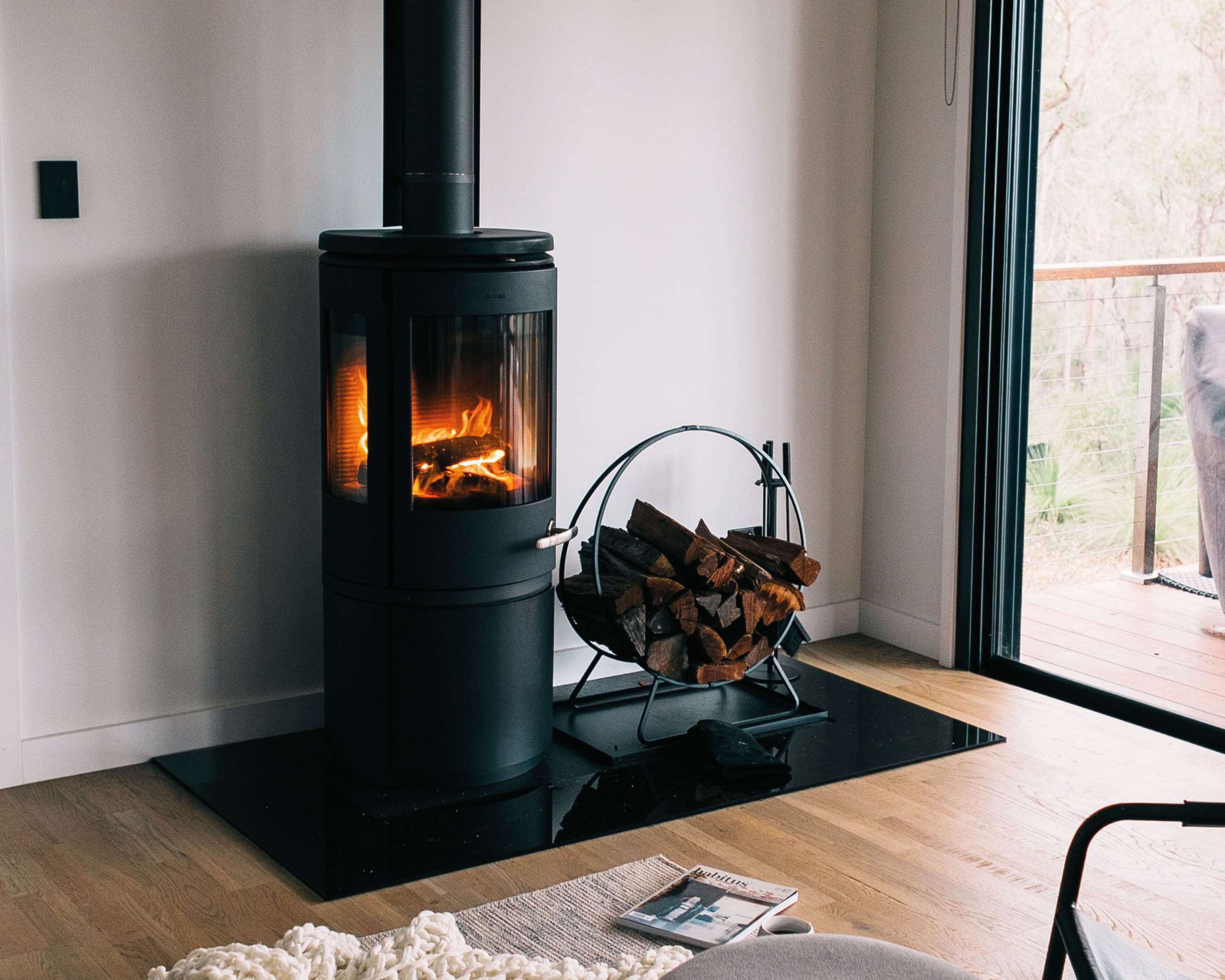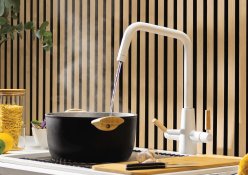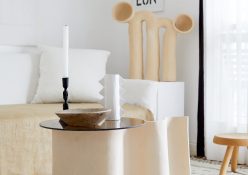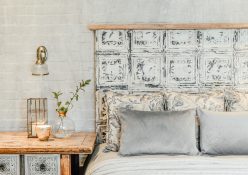You’ve got chills, they’re multiplying. So let’s look at how to heat up your homes this winter
Cold chills on your neck and curling up on the couch with your favourite blanket sounds like winter is in full swing. But don’t fear, because with winter on our doorstep, indoor heating is in hot pursuit. Indoor heating is a pretty great feature, and there are so many wonderful options for the best heating solutions to suit your needs. Each option comes with its own ins and outs, but what’s important is choosing the option most appealing to you.
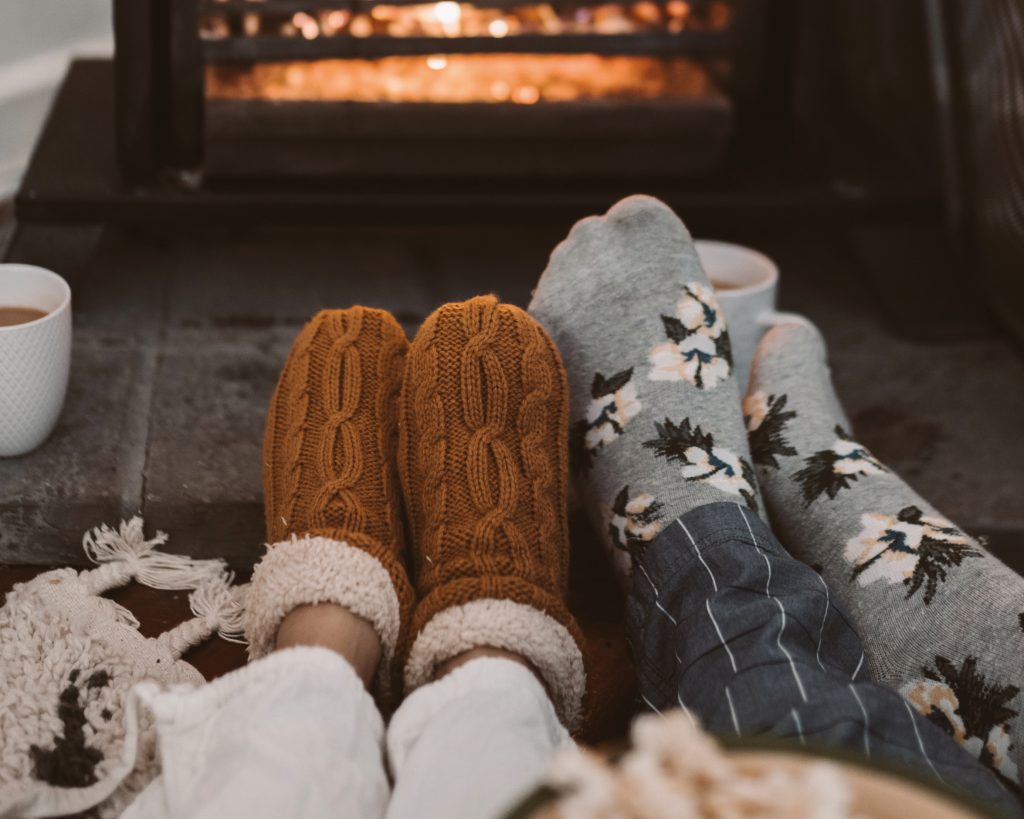
Let’s look at some common types
A good option, and quite popular nowadays, is underfloor heating. This method involves distributing warm water through a circuit of pipes underneath a floor, controlled by thermostats to allow consistency. If this heating option is coupled with insulation, and a good thermostat, it heats evenly and is hidden away, as most underfloor heating is done. The disadvantage with this is the high installation price of this feature. There are also many people who opt for wall-mounted air-conditioners ‘that satisfy the need for heat as well as cooling in the summer’, says Design in a Box’s interior designers, Sam Harris and Menanteau de Jager.
While wall-mounted heaters are sound options, they’re not the most inconspicuous, and are only meant to heat up small areas instead of an overall heating effect throughout the home. But never fret, because there are other options like heat pumps, boiler systems and combustion fireplaces. Heat pumps and boilers (they’re still around, you know) can run quite pricey, given the design and system for heating, where breakages could take a blow to your pocket. Boilers are similar to furnaces, but instead run water through to individual radiators rather than using a fan to distribute warmth, whereas heat pumps use air as a coolant and heater.
Heat pumps come in three varieties (air source, split-duct and geothermal), are less noisy than a furnace or boiler, and have excellent air filtration. It works by grabbing the air outside (temperature depending on the season), adding or removing heat from it, and pumping it into the home. Both options are efficient heaters, but they might increase your budget slightly: heat pumps run high on electricity, but low on gas; boilers/furnaces have pricey repair rates, but their biggest turn-off is the noise they make.
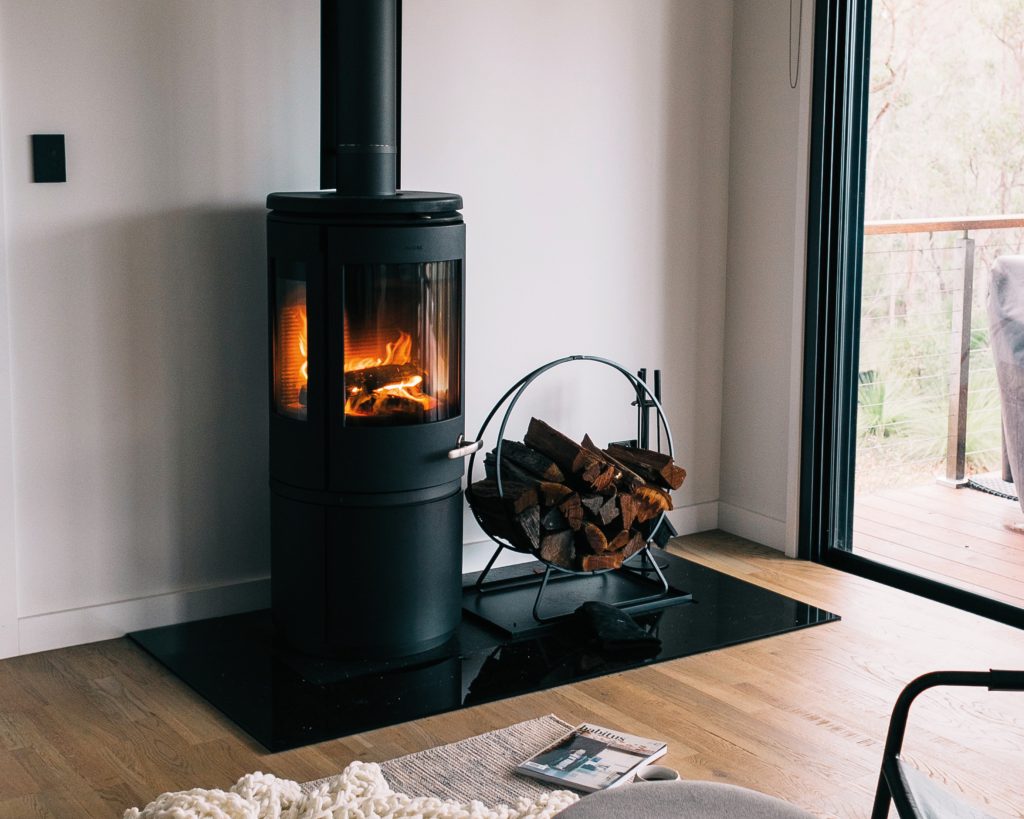
But what about old-faithful fireplaces?
Though old-fashioned, traditional and a top-of-your-head suggestion, closed combustion fireplaces are always a safe option for indoor heating, given how they can also be manipulated to fit the aesthetics of the home. ‘Doing a feature fireplace, whether it’s a freestanding fireplace, which comes in some beautiful designs versus a built-in closed combustion fireplace that you can clad. Try floating shelves and a mounted TV to make it a proper feature of a room. ‘This will add a beautiful architectural element to the room,’ says Sam and Menanteau. While open fireplaces involve constant feeding, cleaning, and the constant heat escaping, closed-combustion fireplaces run on electricity or gas and can be suited to various sized spaces. They have fire-resistant doors and windows, so you can enjoy the crackling sound of the flame while also retaining heat and reducing the ‘waste’ of fuel.
Now for the double- glazed windows
Double glazing is an insulation method where dehydrated air, Xenon or Argon, is filled into the space between two panes of glass. This allows for keeping the cold out during winter, and keeping the heat out in summer. It’s great for noise cancellation, reducing carbon footprint and energy consumption, and is the best of both worlds when it comes to cooling and warming the home. ‘Double-glazed windows is a good option as it is a great method of insulation in winter and in summer it blocks out the harsh summer sun. This option can also reduce energy in the sense that you can save on other heating and cooling methods,’ Sam and Menanteau advise.

What’s great is that you don’t have to worry about it spoiling the mood or look of your home – since they’re windows! A few things to keep in mind with this option are: cost of repairs since there could be issues with the air gap; initial cost since you’re paying for two windows instead of one; traditional homes may lose their charm since it’s more suited to modern styles,
but there are styles that are based on traditional types or wooden windows.
If you’re looking for more energy saving, look at methods where fuel is recycled, or more natural energy sources are used such as heat pumps, Doubleglazing or closed-combustion fireplaces. If you’re looking to cut costs on the bills each month, opt for furnaces or wall-mounted air-conditioners, or if you’re looking for aesthetic appeal try under-floor heating (and double glazing, our new favourite). Each option has its quirks and problems, so finding the right one for your lifestyle will take some reading up and research. Keep warm and healthy this cold season!
Words by Saadiqah Schroeder
Photography: Pexels



